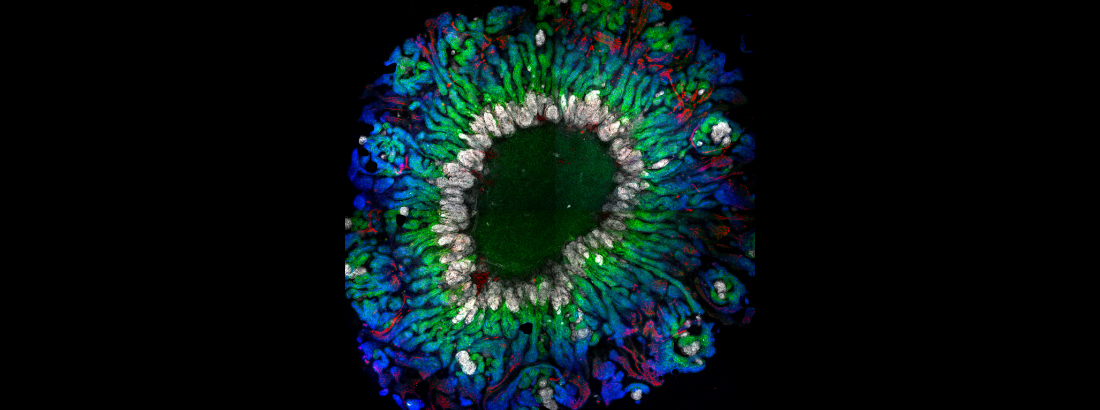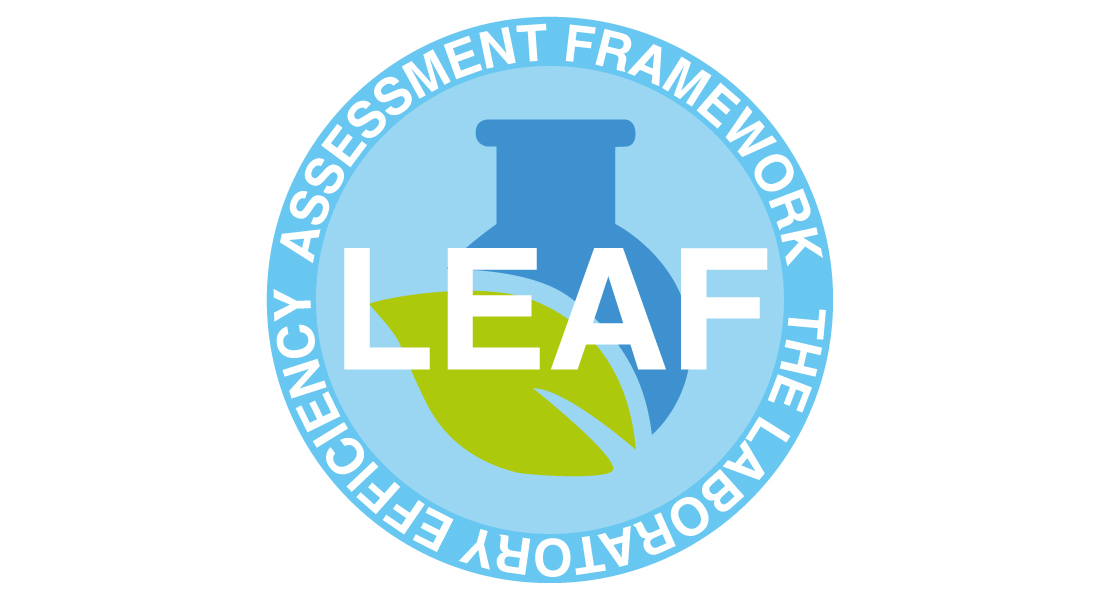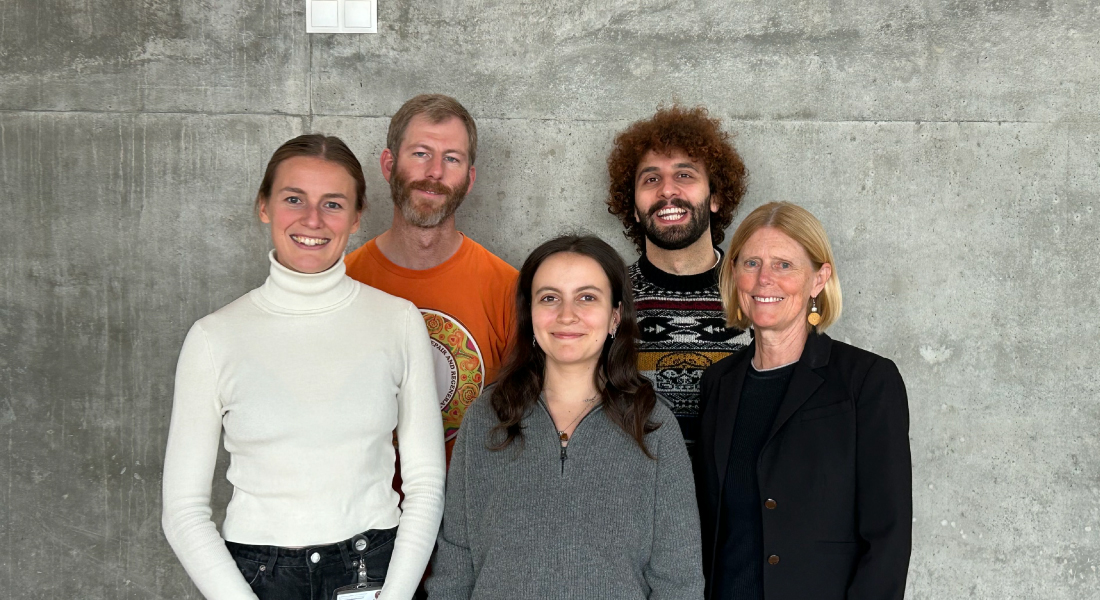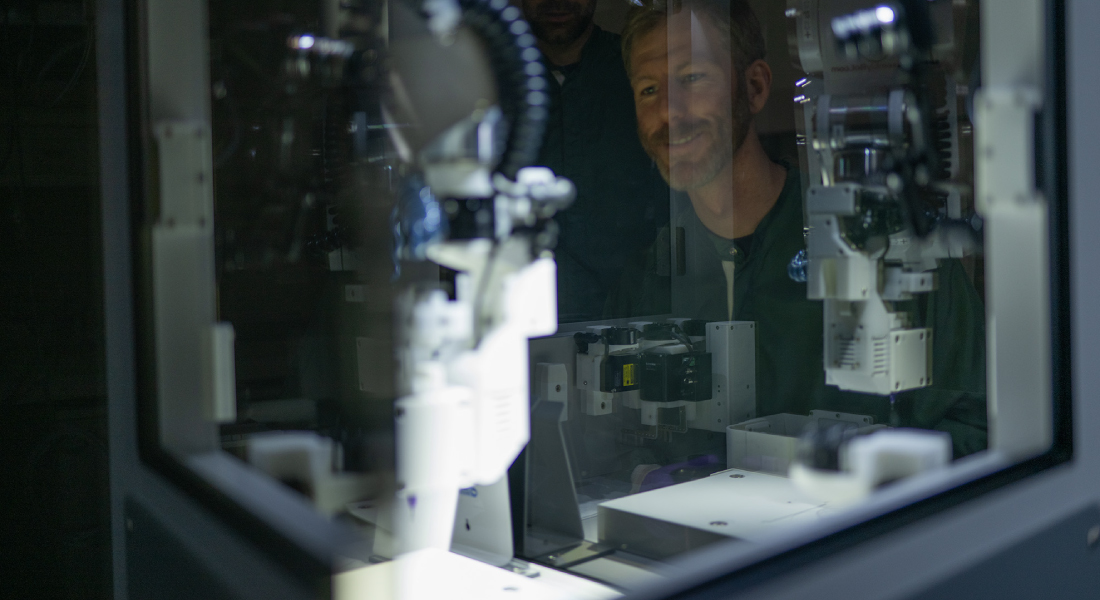Kidney development - Little Group
The Little Group aims to direct stem cells to kidney organoids.

Our laboratory generates models of the human kidney using pluripotent stem cells. Our seminal study in 2015 (Takasato et al, Nature) described an approach for generating kidney organoids containing appropriately patterned and segmented nephrons, surrounding renal stroma, endothelial and perivascular cell populations.
We have fully characterised the cellular components within kidney organoids and shown that our protocol is robust, reproducible, and transferable across different pluripotent stem cell lines. Using these human kidney tissues, we hope to develop new therapies for kidney disease.
Our research includes the modelling of genetic forms of kidney disease for drug development and the engineering of kidney tissue to ultimately deliver renal replacement.
- Factorial analysis of lineage commitment during kidney organoid differentiation
- Investigating the impact of stroma on kidney organoid specification and patterning
- Investigating the impact of tension on ureteric epithelial commitment
- Proteomic characterization of podocin mistrafficking in a model of congenital nephrotic syndrome
List of publications by Melissa Little
Selected publications
- Takasato M, Er P, Chiu H, Maier B, Baillie G, Ferguson C, Parton R, Wolvetang E, Roost MS, Chuva de Sousa Lopes SM, Little MH. Kidney organoids from human iPS cells contain multiple lineages and model human nephrogenesis. Nature (2015) 526(7574): 564-568 (front cover). DOI: 10.1038/nature15695
- Takasato M, Er PX, Becroft M, Vanslambrouck JM, Stanley EG, Elefanty AG, Little MH. Directing human embryonic stem cell differentiation towards a renal lineage generates a self- organising kidney. Nature Cell Biology (2014) 16(1):118-26. (front cover). DOI: 10.1038/ncb2894
- Lawlor KT, Vanslambrouck JM, Higgins W, Chambon A, Bishard K, Arndt D, Er PX, Wilson S, Howden SE, Tan KS, Li F, Hale LJ, Shepherd B, Pentoney S, Presnell SC, Chen AE, Little MH. Cellular extrusion bioprinting improves kidney organoid throughput, scale reproducibility and conformation. Nature Materials (2021);20(2):260-271.DOI: 10.1038/s41563-020-00853-9
- Phipson B, Er PX, Combes AN, Forbes TA, Howden SE, Zappia L, Yen HJ, Lawlor KT, Hale LJ, Sun J, Wolvetang E, Takasato M, Oshlack A, Little MH. Evaluation of variability in human kidney organoids. Nature Methods (2019) 16(1):79-87. DOI: 10.1038/s41592-018-0253-2
- Forbes TA, Howden SE, Lawlor K, Phipson B, Maksimovic J, Hale L, Wilson S, Quinlan C, Ho G, Holman K, Bennetts B, Crawford J, Trnka P, Oshlack A, Patel C, Mallett A, Simons C, Little MH. Patient-iPSC-derived kidney organoids show functional validation of a ciliopathic renalphenotype and reveal underlying pathogenetic mechanisms. Am J Hum Genet. (2018) 102(5): 816-831. DOI: 10.1016/j.ajhg.2018.03.014
Our team collaborates closely with the Kidney Regeneration laboratory at the Murdoch Childrens Research Institute in Melbourne, Australia.
Our research is funded by the Novo Nordisk Foundation Center for Stem Cell Medicine (NNF21CC0073729)

Little Group is LEAF bronze certified on their sustainability actions.
Learn more about Little Group
In the media
Videos
- Professor Melissa Little on her experience as a woman in stem cell research
- Professor Melissa Little on her life as a clinician scientist
- Professor Melissa Little - Fellow at the Australian Academy of Science
- Professor Melissa Little - MCRI Annual Showcase 2020
- Professor Melissa Little - MRFF in a minute




